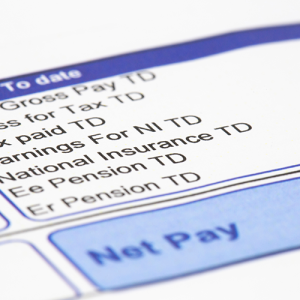25 July 2008
Cabinet Secretary Sir Gus O'Donnell has insisted that the civil service must lead the way in creating a more diverse workforce, as it was revealed that it had not met targets set out in the 2005 diversity plan.
Speaking at the launch of the follow-on strategy, Promoting equality, valuing diversity, on July 17, O'Donnell said the civil service should continue to lead the private sector despite the challenges of changing people's perceptions about Whitehall.
'We want to be a real meritocratic organisation,' he said. If the draft Constitutional Renewal Bill goes through, he added, 'we will be required to have fair and open competition so we'll be required to look for the best'.
Bill Jeffrey, permanent secretary at the Ministry of Defence and civil service diversity champion, said the targets set in 2005 were aspirational and were less likely to be achieved than the updated set, included in the 2008 strategy.
The proportion of women in top management posts (director and above) is currently 26.6%, against a 30% target set in 2005. The new target for the next five years is 34%. For senior positions, the new aim is 39%, compared with the 32% of posts currently held by women.
Overall, women now make up 53% of civil service staff. O'Donnell said term-time contracts, job shares and increases in the number of part-time posts had helped achieve this.
The 2008 strategy also aims to increase the proportion of senior staff from black and ethnic minority backgrounds to 5%, up from 3.4%. The target for staff with disabilities holding senior roles is 5%, compared with 3% now.
Launching the strategy, Sue Owen, a director general at the Department for International Development, said there was growing awareness in the private sector that 'business makes more profit if they have a more diverse set of people running the organisation at the top'.
On July 15 the Civil Service Commissioners published their annual report showing a rise in the number of women appointed to top management jobs. However, only 24% of senior appointments went to women, compared with 27% last year, and 32% in 2006.
First commissioner Janet Paraskeva also said that female civil servants were 'more likely to be paid under the advertised rate than their male colleagues'.
PFjul2008


















